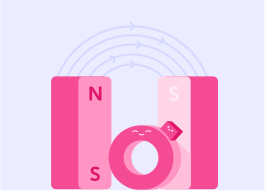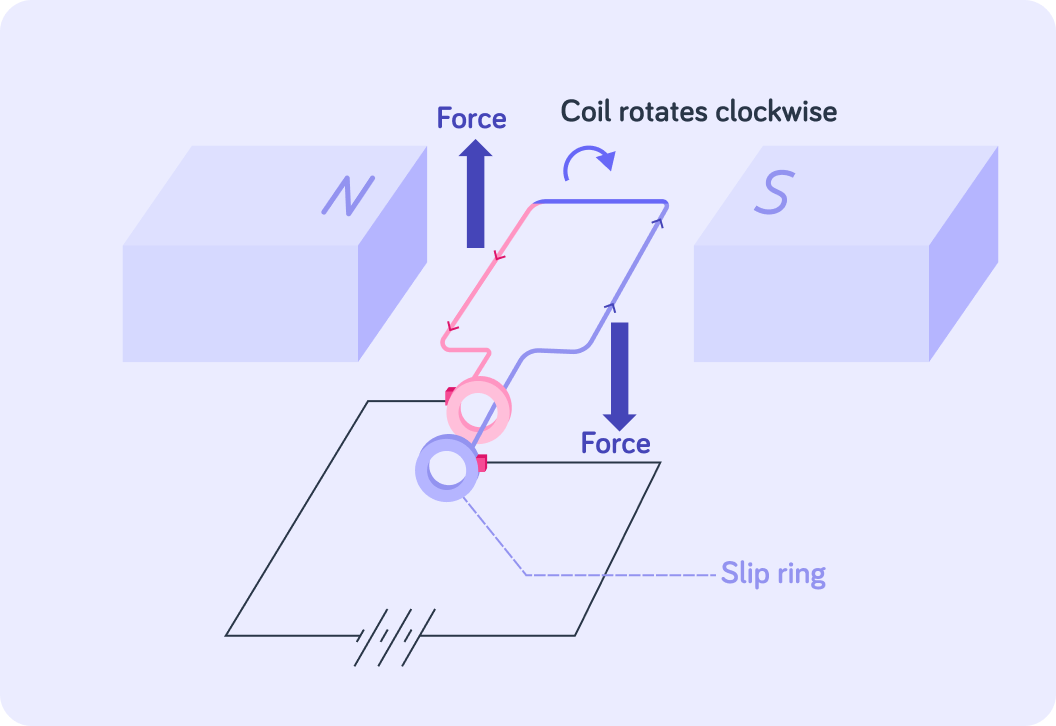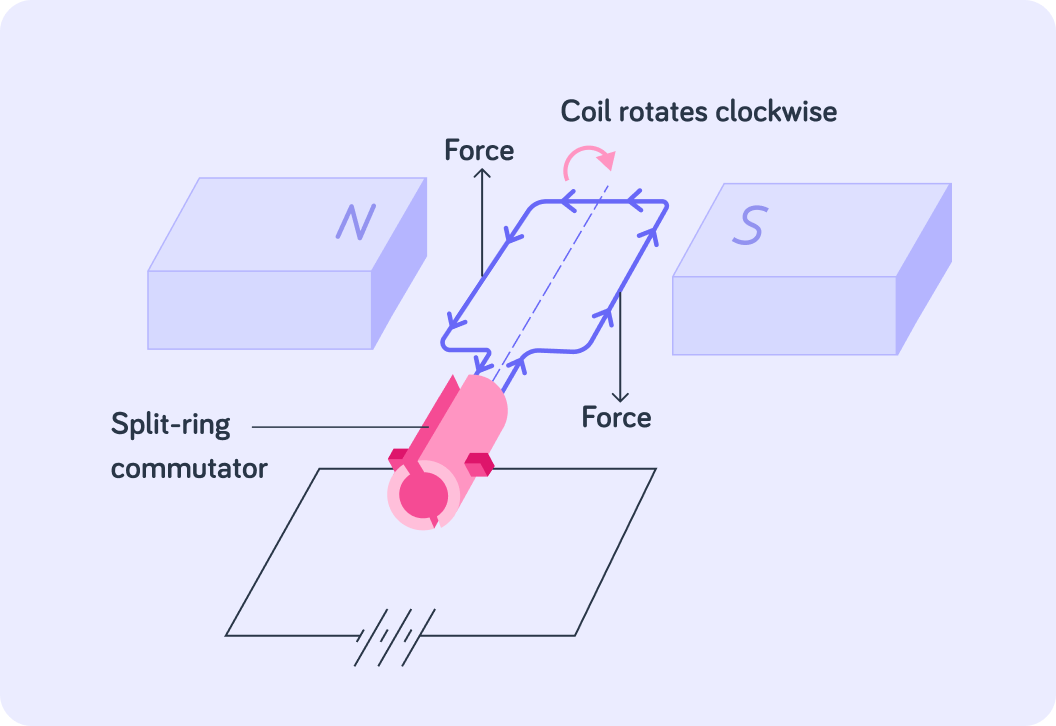YOU ARE LEARNING:
Generating Electricity

Generating Electricity
We can generate electricity either by using an alternator which produces AC, or by using a dynamo which produces DC.
We can use electromagnetic induction to generate electricity. What do we call this effect?

What type of electricity is generated when a bar magnet is moved in and out of a coil of wire?

What type of electricity is generated if we move a magnet into a coil of wire, but only move it in one direction?

We can generate electricity by using electromagnetic induction which induces a potential difference that allows the current to flow. If the current is changing direction, we call it an alternating current. If it is acting in only one direction, we call it a direct current.
Which of these devices do you think we use to generate alternating current?

This image shows how an alternator works. We looked at this set up in the lesson on the generator effect.
An alternator has a coil of wire rotating in a magnetic field. The coil is connected to two metal rings called slip rings. These allow the current to pass out of the coil.

A potential difference is induced when the coil passes through the magnetic field. What else gets induced as this happens?


When the coil has rotated 180º, the direction of the induced current ______________.


So the coil in the alternator constantly rotates through the magnetic field.
Every half turn, the direction of the induced potential difference changes which causes the direction of the current to reverse. This means that we get an alternating current.

This image shows a dynamo, which like an alternator, serves to produce a current.
The key aspect about dynamos is that they have a single split-ring commutator.

Just like in the alternator, a potential difference is induced when the coil passes through the magnetic field. However, for a dynamo, the split-ring commutator serves a rotary switch.
The split-ring commutator reverses the direction of the alternating current that is produced by the dynamo, making sure that what we get is a direct current - not an alternating one.

